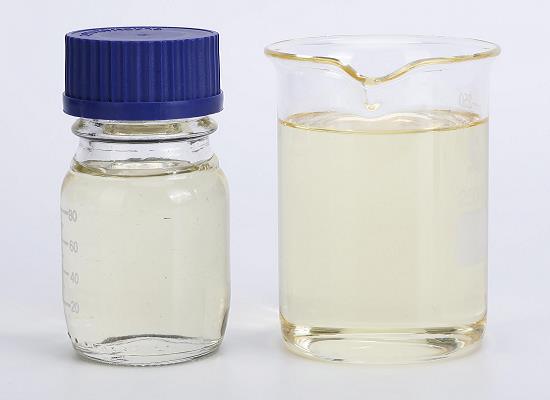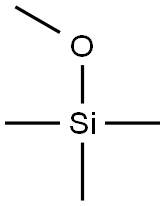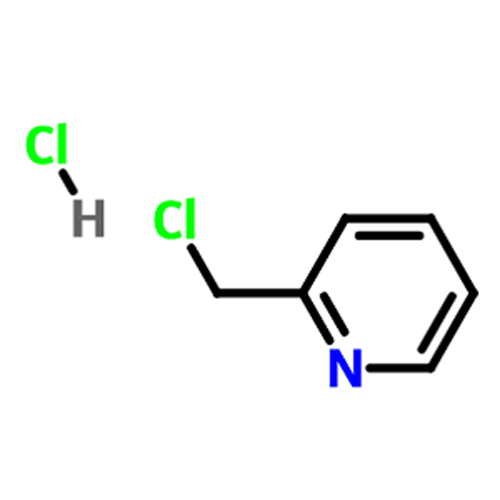Silicone Oil (High Temperature): Advanced Applications in Ophthalmic Procedures
General Description
Silicone oil (high temperature), a hydrophobic compound with silicon-oxygen bonds, features linear siloxane units with various radical side groups like methyl and phenyl. Its chemical properties, influenced by factors such as molecular weight and chain length, impact viscosity. In ophthalmology, lighter-than-water silicone oils are used for retinal tamponade. Physically, Silicone oil (high temperature)'s buoyancy, surface tension, and viscosity affect its behavior in vitreous cavities, providing tamponade forces. Clinically, it is crucial in managing retinal detachments, diabetic retinopathy, and traumatic eye injuries, offering long-term support until recovery. Compared to gases, silicone oil is superior in severe PVR cases and specific situations like chronic macular holes. Despite potential complications, strategic Silicone oil (high temperature) use enhances outcomes in complex ophthalmic surgeries.

Figure 1. Silicone oil (high temperature)
Properties
Chemical Properties
Silicone oil (high temperature), a group of hydrophobic compounds, is characterized by silicon-oxygen bonds and referred to as organosiloxane. These oils consist of linear siloxane repeating units with various radical side groups attached to the silicon atom, such as methyl, phenyl, vinyl, and trifluoropropyl. The chemical properties of Silicone oil (high temperature) vary based on factors like molecular weight, chain length, radical side groups, end terminations, and chain size distribution. The viscosity of silicone oils, measured in centistokes, is influenced by their molecular weight and polymer chain length. Increasing the molecular weight results in higher viscosity. Silicone oil (high temperature) used in ophthalmology typically range from 1,000 to 5,000 centistokes, with lighter-than-water oils like polydimethylsiloxane (PDMS) commonly employed for retinal tamponade due to their specific gravity adjustment capability. These oils are classified as first-generation Silicone oil (high temperature) with viscosities ranging from 1,000 to 30,000 centistokes. 1
Physical Properties
Silicone oil (high temperature), when used as a vitreous substitute, offers short- to long-term tamponade for the retina, and its physical properties play a crucial role in this function. The interaction between buoyancy, interfacial surface tension, and viscosity determines the dynamic behavior of silicone oil within the vitreous cavity. Buoyancy, stemming from the difference in specific gravity between the aqueous or vitreous humor and the chosen silicone oil, causes the oil to float inside the cavity. This results in an upward force known as buoyancy, which is highest at the apex and decreases to zero at the horizontal meniscus. The difference in density between the aqueous humor, vitreous humor, and silicone oil bubble contributes to the tamponade force, as the buoyancy force is spread over a limited area, generating pressure. Interfacial surface tension, responsible for maintaining the shape of liquid droplets, is influenced by factors such as viscosity. Higher viscosity Silicone oil (high temperature) are less prone to emulsification due to their higher surface tension, compared to lower viscosity oils. Additionally, various substances present in the vitreous cavity, such as viscoelastic solutions, blood, proteins, lipids, and ionized solutions, can decrease the surface tension of the silicone oil bubble, potentially leading to emulsification. Understanding these physical properties is essential for ensuring the effectiveness and stability of Silicone oil (high temperature) as a vitreous substitute in ophthalmic procedures. 1
Clinical Applications
Silicone oil (high temperature) has become an essential tool in various clinical applications within ophthalmic surgery. Despite its relatively recent approval by the FDA in 1996, the use of silicone oil as an intraocular tamponade has rapidly gained popularity. Initially indicated for complicated retinal detachments, such as those caused by PVR or viral retinitis, giant retinal tears, trauma, and severe proliferative diabetic retinopathy, its applications have expanded over time. Silicone oil (high temperature) offers a crucial advantage in providing long-term support for the retina until recovery occurs. This is particularly beneficial in cases where extended tamponade is required, such as in chronic and persistent macular holes, colobomatous retinal detachment, and chronic uveitis with hypotony. The Silicone oil (high temperature) Study highlighted the superiority of Silicone oil (high temperature) over gases in managing severe PVR, especially in cases requiring relaxing retinotomy, dealing with severe anterior PVR, difficulty in maintaining postoperative positioning, or the need for air travel to higher altitudes. In the context of proliferative diabetic retinopathy (PDR), Silicone oil (high temperature) helps reduce postoperative hemorrhages and inhibits the flow of vasoproliferative factors into the anterior segment, lowering the risk of complications like iris rubeosis and neovascular glaucoma. While gas remains the preferred choice for idiopathic macular hole repair due to its properties and success rates, Silicone oil (high temperature) is selectively used in specific cases where postoperative positioning challenges exist or air travel is necessary. Furthermore, silicone oil plays a crucial role in managing traumatized eyes by minimizing bleeding risks, maintaining retinal attachment, and preventing phthisis. Its use as a permanent tamponade in cases like giant retinal tears or penetrating ocular trauma ensures adequate support until the retina fully recovers, improving the overall prognosis for patients undergoing vitreoretinal surgery. Despite the need for careful monitoring and potential complications post- Silicone oil (high temperature) removal, its strategic use continues to enhance outcomes in complex ophthalmic cases. 2
Reference
1. Ryan JS. Retina. Silicone oils: physicochemical properties. Elsevier Mosby. 2006; 3(4th edition): 2191-2210.
2. Barca F, Caporossi T, Rizzo S. Silicone oil: different physical proprieties and clinical applications. Biomed Res Int. 2014; 2014: 502143.
);


